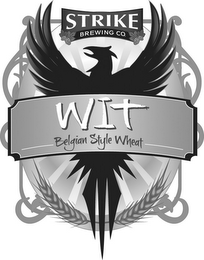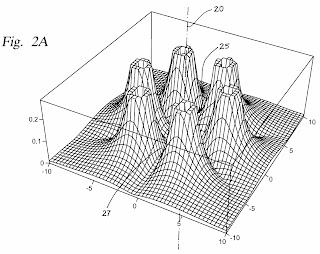Beer Bike 2023 is almost upon us! What is, for many, Rice's biggest annual event is this Saturday, April 1st. Let's get into the spirit with some brewery trademarks from alumni businesses.
We'll start with the mot obvious choice, Houston's oldest microbrewery started by a pair of alumni, Brock Wagner (1987) and Kevin Bartol (1981): Saint Arnold. They own 9 live and currently registered marks. Most important of these is the word mark for the name Saint Arnold, registration no. 1886695. Registered in 1995, it is the principle trademark and lists beer, ales, porters and stouts under goods and services. See all the documentation for it here.
The other 8 marks are similarly word marks, mostly the names of their signatures brews like Lawnmower, Santo, or Art Car IPA. Two more are in the process of application--Tarnation (serial no. 97580003) and Hop Spring (serial no. 97764336). Finally, there's One Pot Showdown, no. 4443043, registered in 2013, a service mark for "organizing and conducting food and cooking competitions".
I am slightly disappointed that Saint Arnold has no design marks registered, like the iconic (pun intended) image of Saint Arnold holding a beer, hand gesturing towards a Texas shaped sun.
Buffalo Bayou Brewing Co., much more recently established by alum Rassul Zarinfar (2004), owns quite a few beer marks! I was pleased to find a design mark, the brewery's logo with a buffalo against the skyline:
 | ||
| Buffalo Bayou, registration no. 5001182 |
It is the primary service mark for their brew pub, registered in 2016.
Buffalo Bayou also has 6 live word marks, each one for an individual beer. Those include their first trademark from 2012, 1836, registration no. 4212512.
Rather surprisingly, there is no word mark or even a trademarked design for the brewery itself, just the service mark.
Finally, Strike Brewing Co., which is not in Houston but San Jose, CA. Owned by Jenny Lewis (2005), Strike has 2 trademarks on file. Only one is live, the word mark for Strike Brewing Co., registration no. 4188098, 2012. View more about that mark here.
Their dead mark is a design for a brew:
 |
| Dead Strike Brewing mark, registration no. 4188097 |
Strike Brewing Co. Wit Belgian Style Wheat design trademark was applied and registered at the same time as the general word mark, but cancelled or invalidated in 2019. Learn more about why at the TSDR here.
CounterCommon Beerworks and Kitchen (Dennis Rhee, 2007, and Jaime Robles, 2006) and Southern Yankee Beer Co. (Alex Porter, 2018) where are your marks? I didn't find anything. If you need any help with trademark searching or preparation, come see us!










